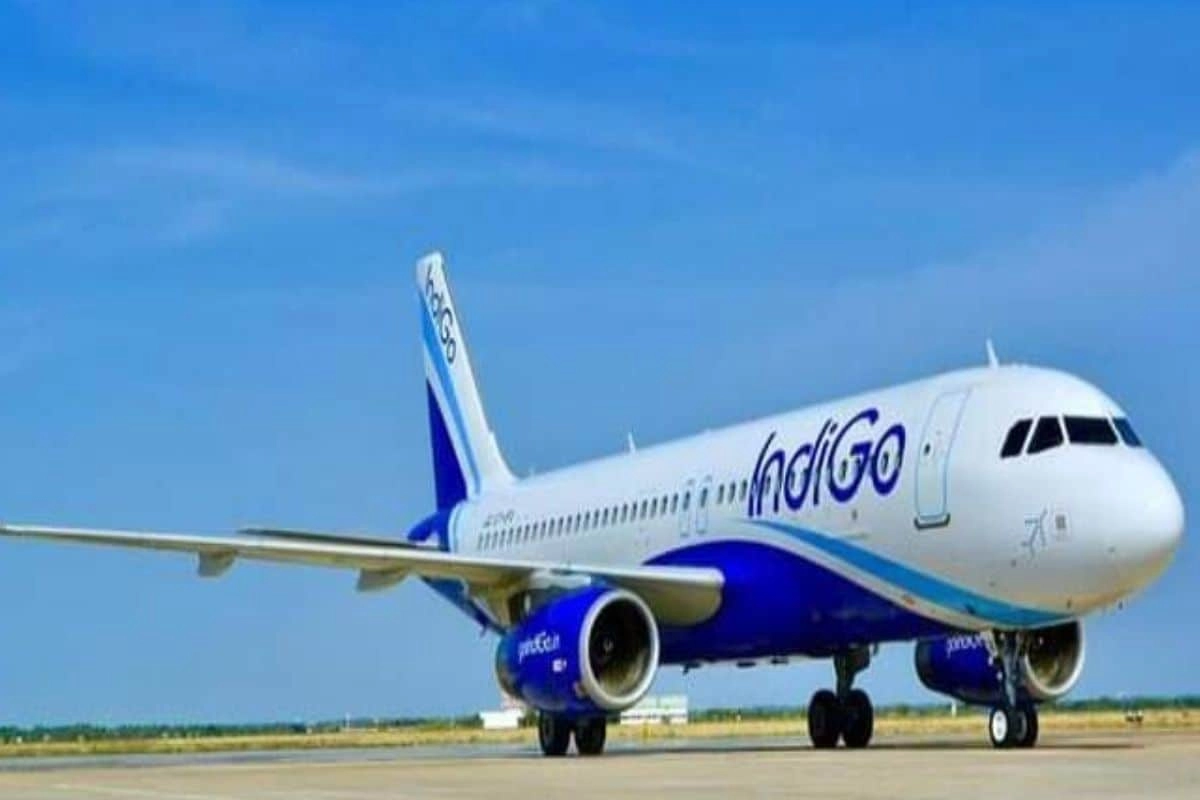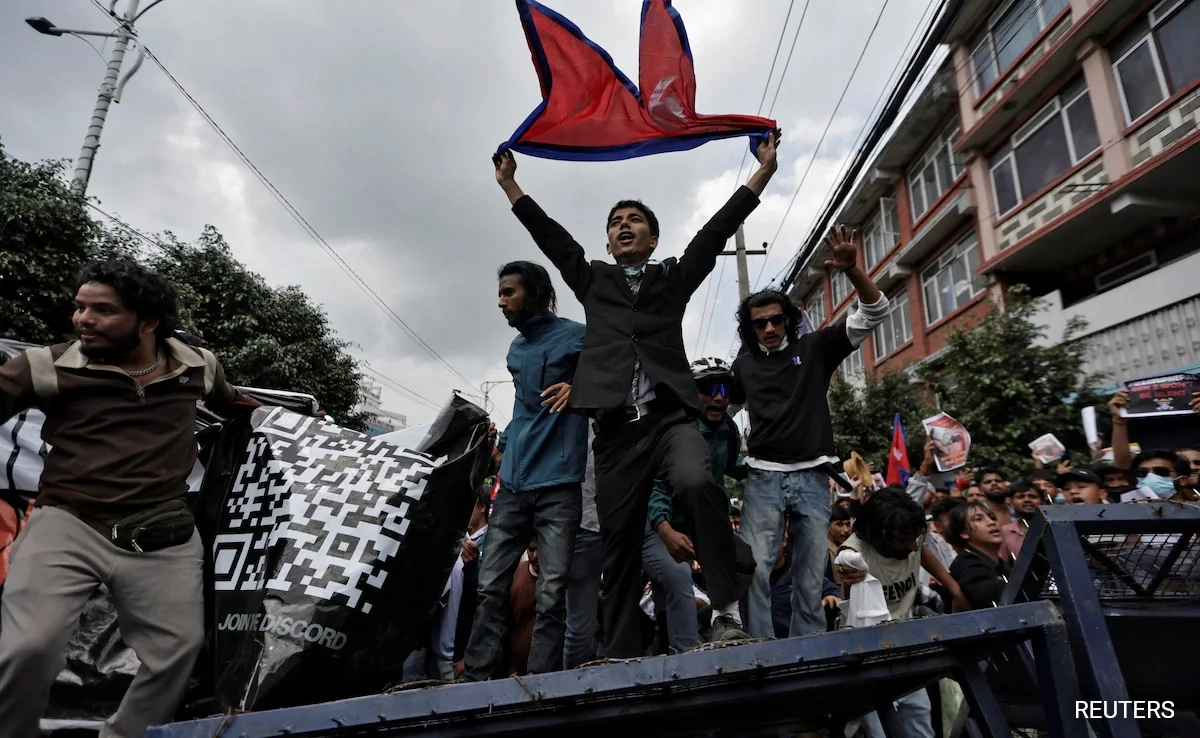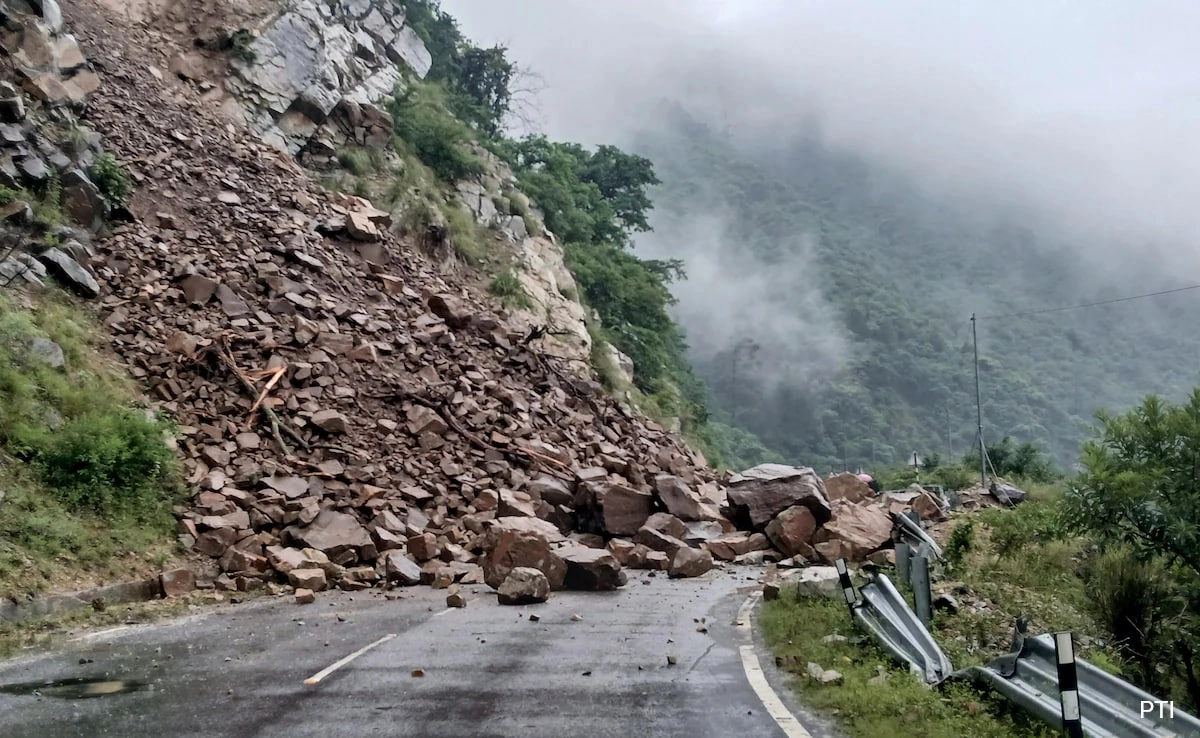On a recent incident at Mumbai Airport, an IndiGo aircraft experienced a significant mishap during a go-around maneuver, resulting in its tail striking the runway. The incident raised concerns about safety protocols and operational procedures in aviation, particularly in busy airports like Mumbai, where air traffic is notably dense. Go-arounds, which are maneuvers executed by pilots to abort a landing attempt, can be critical moments that require precise execution and coordination with air traffic control.
The aircraft, which was on approach for landing, reportedly encountered unexpected conditions that necessitated the go-around. During this maneuver, the tail of the aircraft made contact with the runway, leading to potential damage to the plane and raising alarms among the crew and passengers. Fortunately, no injuries were reported, and the aircraft managed to regain altitude before safely diverting to an alternate landing location. However, the incident has sparked discussions among aviation experts regarding the importance of training and preparedness for pilots, especially in high-pressure situations.
Following the occurrence, the Directorate General of Civil Aviation (DGCA) initiated an investigation to ascertain the circumstances surrounding the incident. Their focus will likely include evaluating the aircraft’s operational parameters, the decisions made by the flight crew, and any external factors that may have contributed to the go-around. Such investigations are crucial for identifying potential lapses in safety procedures and ensuring that measures are implemented to prevent similar occurrences in the future.
As the aviation industry continues to grow, incidents like these serve as a reminder of the complexities involved in air travel. They highlight the importance of rigorous training, adherence to safety protocols, and the need for continuous improvement in operational practices. Stakeholders in the aviation sector, including airlines, regulatory bodies, and airport authorities, must work collaboratively to enhance safety measures and ensure that the skies remain safe for travelers.




